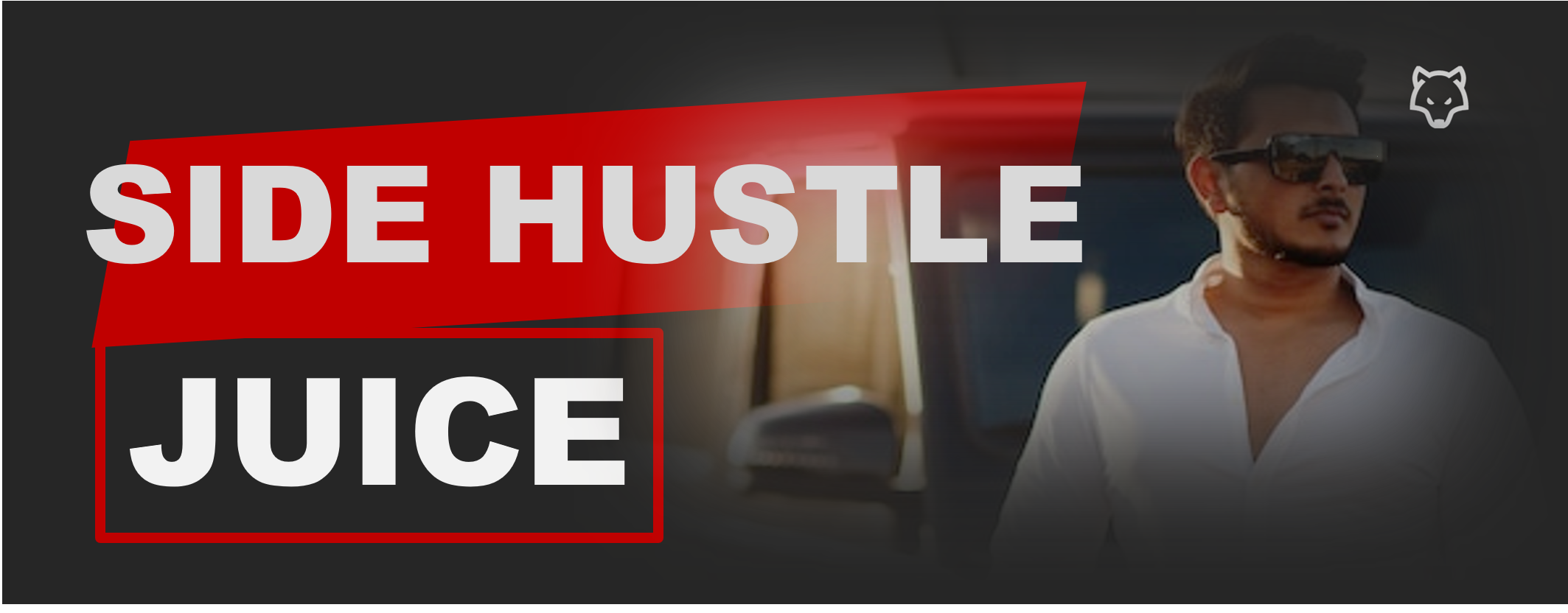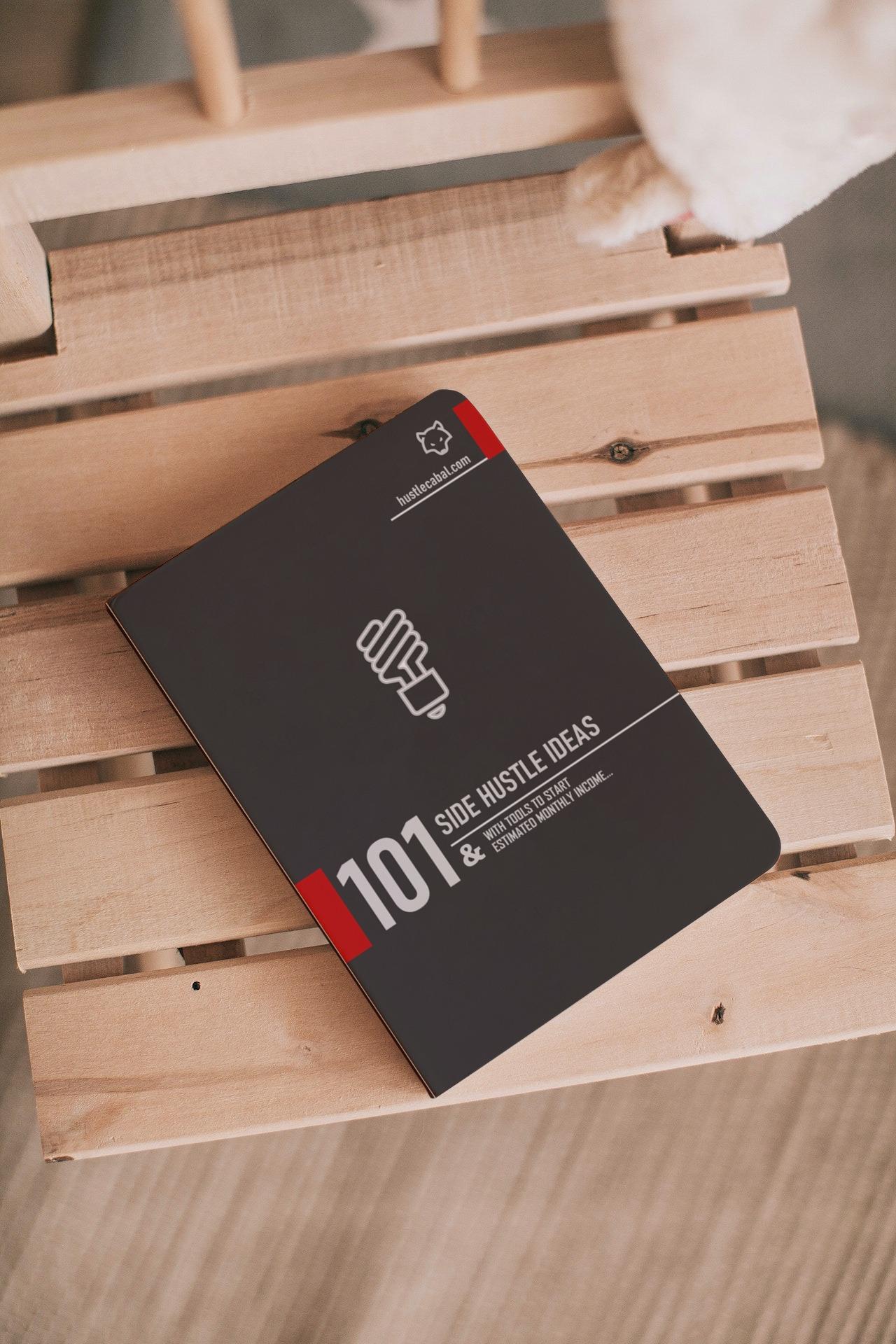How to Rank Your Article with Featured Snippets Fast
advertisement - scroll to continue
How to Rank Your Article with Featured Snippets Fast
Featured Snippets are short blocks of text that display on Google’s search results page (SERPs). Often, this provides summarized answers to quick questions.
Snippets provide additional functional information allowing users to hit the drop-down menu or click the recommended link for more information on a given search query.
advertisement - scroll to continue
On This Page
Key Highlights
🎯 Featured Snippets provide summarized information that answers quick queries on Google.
🎯 Featured Snippets can increase traffic by more than 3x when it provides functional and additional information of value.
🎯 ‘How To’ contents are responsible for over 70% of featured snippets we see online today.
🎯 There are 3 types of featured snippets (Paragraph, List, and Table snippets) that can win you a top spot.
SEE ALSO: Practical Ways To Rank An Old Blog Post – White Hat Methods
SEE ALSO: How to Set up and Drive Traffic to Your Dropshipping Store In 30 Days
advertisement - scroll to continue
SEE ALSO: How to Scale Your Web Publishing Business With Less than $500
The image below is an example of a featured snippet on “How to make money online with a website or blog”.
For example, Hostinger won this snippet on page #1 of Google by listing over 7 ways to make money. Hostinger must have provided value on this topic and has also engaged users on its page making Google consider it a worthy resource to give it a top spot through snippets.

Without any doubt, if your content makes it to the featured Snippets bar…Congratulations!!! because you are winning in Google’s Top 10 placements which is a great feat.
Winning snippets means that your (Click Through Rate) CTR is likely going to explode into visits to your webpage.
SearchEngineLand reported that featured snippet increased CTR from 2% to 8% with a boost in revenue by about 677% due to an increase in organic traffic.

It also is important to note that all snippets are not the same…
According to SearchEngineJournal, snippets enhance additional data functionality. To increase your CTR, your snippet must be rich in value, provide additional information, and must spark the reader’s interest.
Targeting snippets is what some publishers ignore because they do not think it’s important in their SEO efforts. Some publishers simply don’t know how to use the Structured Data Markup on the pages of their articles.
advertisement - scroll to continue
Structured data markup helps you markup page elements on your webpage so that Google can understand it.
While snippet is not a direct ranking factor on the SERPs, it can enhance the visibility of your webpage and improve traffic over a period the keyword remains relevant.
But how can you then feature your content on these Snippets and utilize the opportunity to boost SEO?
First, there is no method specified by Google for tagging your content in the ‘Featured Snippet’ bars which means that there is no single strategy you have to follow.
However, we have compiled a list of practical steps you can take to maximize your chances of being featured on Snippets.
What are Featured Snippets?
A featured snippet is a search engine response in form of a block of text, a list, or a table, that features the most direct answers to certain search queries.
As of today, there are three forms of Snippets. They are
advertisement - scroll to continue
- Paragraph snippets
- List snippets
- Table snippets
I’ll go through these quickly…
Paragraph Snippets

Paragraph snippets are the most common, as over 80% of the total snippets available in search engines are paragraph snippets.
Paragraph snippets appear when Google grabs a section or paragraph from your blog post and displays it on the SERPs to answer a very specific query from a user.
This featured snippet often appears when a user searches for phrases like Who is?, How is?, What is? etc.
List Snippets

List snippets often appear in bullet points or numbers.
Mostly, they appear in SERPs when users hit queries about step-by-step guides or how-tos. To achieve this, your article needs to be written in form of a listicle (i.e. in a list format with H1, H2, or H3 heading formats). See a guide on how to write a listicle.
Table Snippets

A table snippet is a data collection showing a detailed overview of the information about a search query. This snippet, of course, only appears when there is a table featured in the information format you are looking for.
Ahrefs disclosed in a research post that up to 99% of featured snippets come from websites that already rank top 10 in SERPs.
Thus, the overall goal of publishers should be to get to the top of the search results pages to maximize the chances of being on a featured snippet.
Of course, the aforementioned is not the only cause, as some snippets come from lower-ranking search results as well.
Using Featured Snippets To Boost SEO Fast
From here, I will show you how you can increase of chances of getting to Google’s top 10 with featured snippets.
The first step is the foundation for ranking any piece of content (blog post or video), this is conducting in-depth keyword research.
Conduct Keyword Research On FAQs In Your Niche
Undoubtedly, most people visit search engines for quick answers to quick queries. Thus, they mostly end up in the snippet bars.
A practical way to maximize your chances of getting featured on snippets is to pinpoint what users are looking for in your niche and answer it excellently (better than anyone else).
One good way to find the kind of questions people ask in your niche is via the table in SERPs, which states ‘People Also Ask.’

Also, you can always use the Google auto-suggestion tool, or the ‘related searches’ bar, as they are some of the most potent free keyword tools.
Via these free methods, you can curate several possible questions you can answer in your niche to maximize your chances of getting featured snippets.
Of course, you can always use paid Seo tools like Semrush, which starts at $119.95/Month, or Ahrefs’ Lite plan, which begins at $99.
These paid tools have extra features like deep keyword research, SERPs updates, domain comparer, competitor reports, and many other features.
However, if you find it tough to cope with these monthly fees, you can always use free keyword tools.
There are tools like Keyword.io and the Google Keyword Finder Tool, which users can use for free.
Undoubtedly, these free tools do not offer as much, but they surely come with the basic tools needed for proper keyword research.
Include ‘How To’ Sections In Your Website Content
The search phrase ‘how to’ is responsible for over 70% of featured snippets we see online today. Thus, websites with well-written articles often addressing issues with the ‘how to’ phrase have greater chances of making it to the snippet area of SERPs.
Usually, these ‘how to’ articles are guides that teach people, step-by-step how to do something of interest. People tend to ask many questions regarding how to solve certain problems, and lots of these queries get answered through feature snippets.
With proper optimization of your web content with ‘how to’ phrases, Google index bots or crawlers get the signal that your article answers a direct query.
This move, of course, can land you a feature on the Google Snippets, allowing you to boost the overall reputation of your website in SERPs and ultimately drive traffic even if it’s an old blog post. See a post on Practical ways to rank an old blog post.
Work On Your Title Tags
A title tag is an HTML element that spells out the title of your content.
Though it looks casual, title tags go a long way regarding search engine optimization.
Moreover, these title tags are what google bots use to index web content when they are tagged with the Heading tags such as H1, H2, H3, etc.

While trying to improve your website, the title tag and meta description are crucial things you can not overlook. The meta description is just a caption or summary of an article in about 2-3 lines that a user sees in the SERPs before deciding if he or she will click on the link.
The title tags enable the crawler to recognize the titles on the SERPs and pick the ones that match a specific query. Proper optimization of your title tag can boost your SEO efforts by increasing your page’s CTR.
According to experts, it is better to limit your titles to about 50-60 characters and keep all major keywords as close to the beginning as possible.
RankMath has a max of 75 characters to pass its URL test. Your article title forms part of the URL. RankMath recommends keeping it short. The shorter the title, the better.

One thing that most web admins do is “keyword Stuffing” in titles and the body of the article which now makes the flow of sentences, and paragraphs look unnatural as if it was written by an article spinner software. As much as this software work for people, I do not recommend it.
This practice is, of course, unsafe, as the algorithm can easily detect stuffed keywords that are unnatural.
Moz revealed in a research post that title tags are second on the list of most crucial factors to consider while carrying out on-page SEO.
With that in mind, any web content with poor title tag optimization would find it tough to get ranked.
To edit and carry out title tag research, you can start with any of the tools below:
Consider Internal Link Building
Internal link building is an on-page SEO tactic that can help you increase page session, and user retention thereby boosting your SEO efforts.
With this method, you refer users to related content on your website. If a user is done reading a page on your website, you can suggest another related article through the interlinking method.
Also, search engine bots use these internal links for better website navigation.
For example, this is an internal link to another article in this blog about “ How to Scale Your Web Publishing Business With Less than $500.” This article is related to the same category and it is a helpful resource for anyone interested in growing an online content empire.
As believed by the algorithm, the longer a user spends on your website, you’re telling Google that your website is engaging with your content.
The opposite of this is Bounce Rate, a very high bounce of about 90% is not good meaning that users are leaving your website after spending roughly 20-30 seconds. A high bounce rate is not good if you want to run Adsense or any other premium Ad network on your site.
Google values high user engagement time to rank articles through snippets.

For a new website, User engagement time is a metric Google uses to rank articles and Adsense considers in approving new websites for Ads. Thus, user engagement time needs to be improved to gain a feature on snippets. Check this post on how to Monetize Your Blog with Adsense Fast.
To effectively interlink your articles, you have to naturally integrate them into related articles to draw the attention of users already seeking similar information.
Utilize Authority Sources
Like internal link building, linking your articles to trusted external resources can also significantly boost your SEO.
By linking to trusted websites like Forbes, Wikipedia, etc., your links signal that you are properly referencing quality resources while preparing your content.
There are 3 ways to set your external links.
1. Set as sponsored
2. Set as no-follow
3. Set as do-follow
Setting your external link as “sponsored” means that you’re telling Google that the resource is an advert link and possibly paid for. This happens when the link to the content is somehow unrelated to your niche.
Setting your external link as “no-follow” means that Google should evaluate the link to know if it will be a ranking factor. This means you are not passing a ranking power to the external resource especially if it’s a competitor.
Setting your external link as “do-follow” means that Google should evaluate the link as a ranking factor. This means you could be passing a ranking power to the external resource and endorsing the content of the webpage.
While preparing your content, place at least 1-2 external links for every 500 words, this is not a rule but you should apply links sparingly in your content. Not all external links should be no-follow.
Add Matching Visuals To Your Content

A picture, they say, “is worth more than a thousand words.”
This quote is, of course, true to the earth, as the statistics speak for themselves.
According to Jeff Bullas, blog posts with images receive 94% more steady viewers than those without images.
Thus, you should always consider adding awesome visuals if you intend to boost your blog quickly.
With good visuals, website content is naturally more fun to read, keeping a user glued for a longer period, thereby reducing your bounce rate.
If possible, you can embed videos on your posts to further improve the experience.
To add images to your blog post, you must ensure they are in the right resolutions and size for speedy loading. Also, you have to utilize the alt text feature, which describes your photo in failed loading cases.
Other than that, alt texts also assist in pushing your featured images with your website links to the Google Images search results page.
SEE ALSO: How to Use the Keyword Sandbox Tool on SEO PowerSuite
SEE ALSO: 6 Best WordPress Speed Plugins to Pass PageSpeed Insights Test
Final Thoughts
Ranking for Featured Snippets is a combination of the above steps, however, the quality, depth, and resourcefulness of an article give your content a better chance to get featured.
Consistency in the application of these Whitehat SEO methods also increases your chances of getting ranked.







Comments are closed.